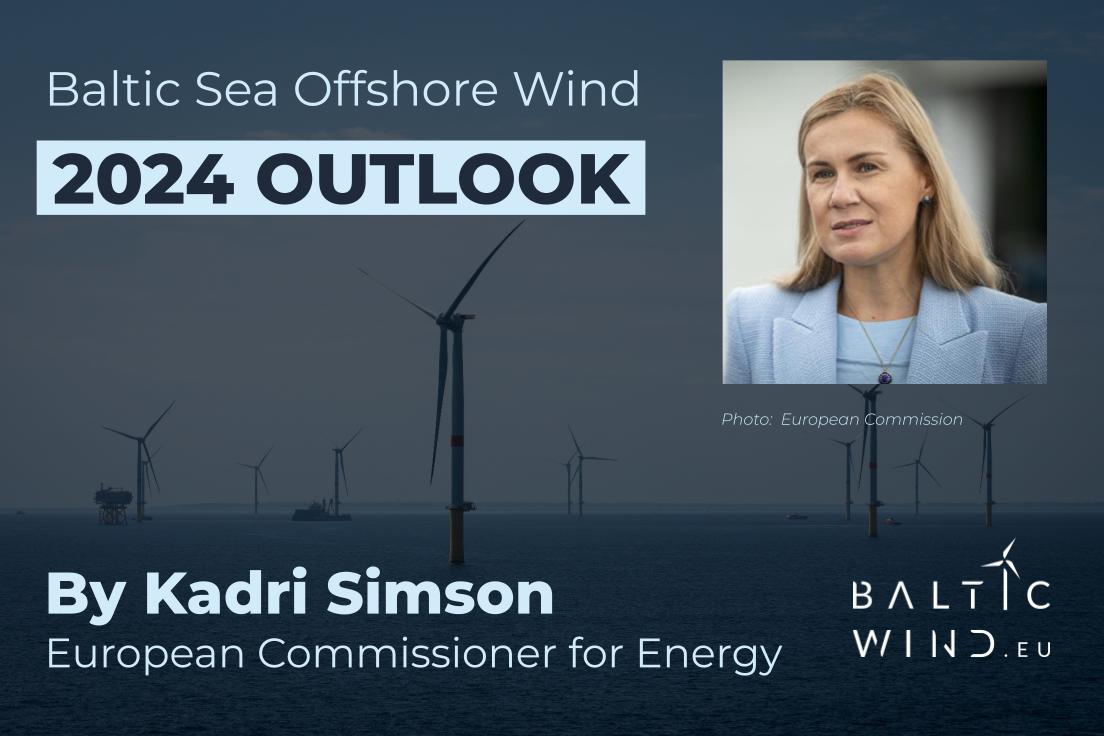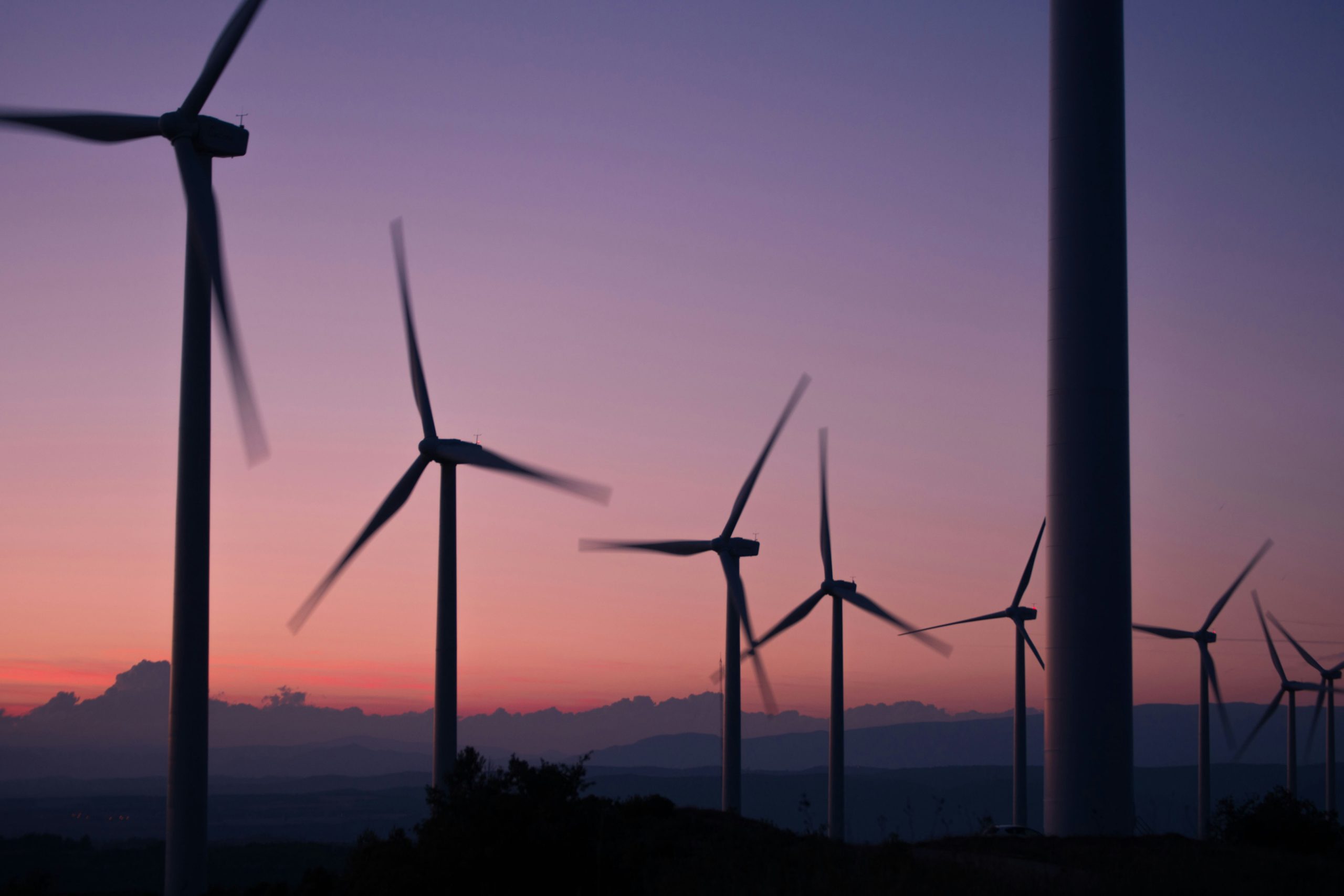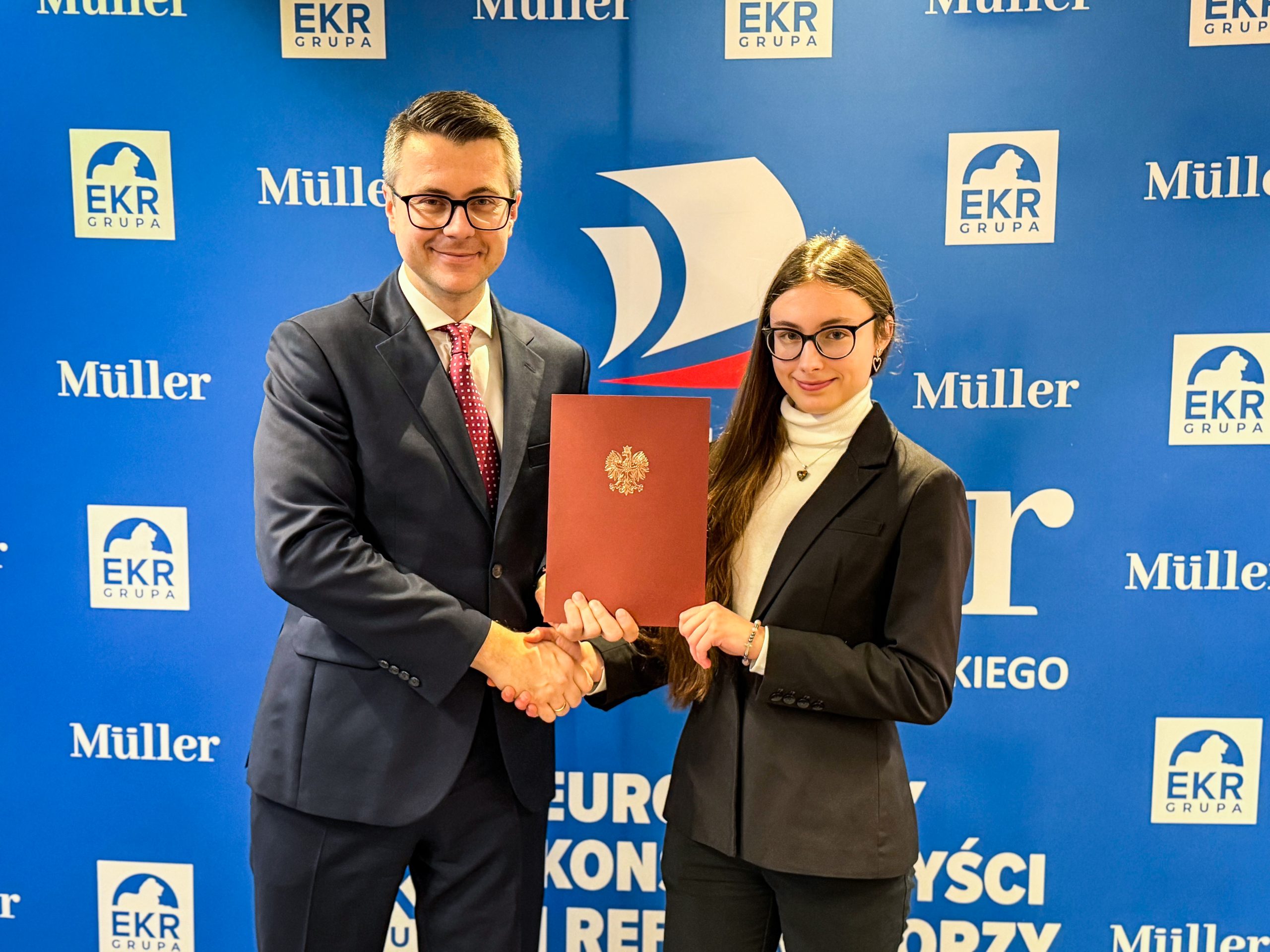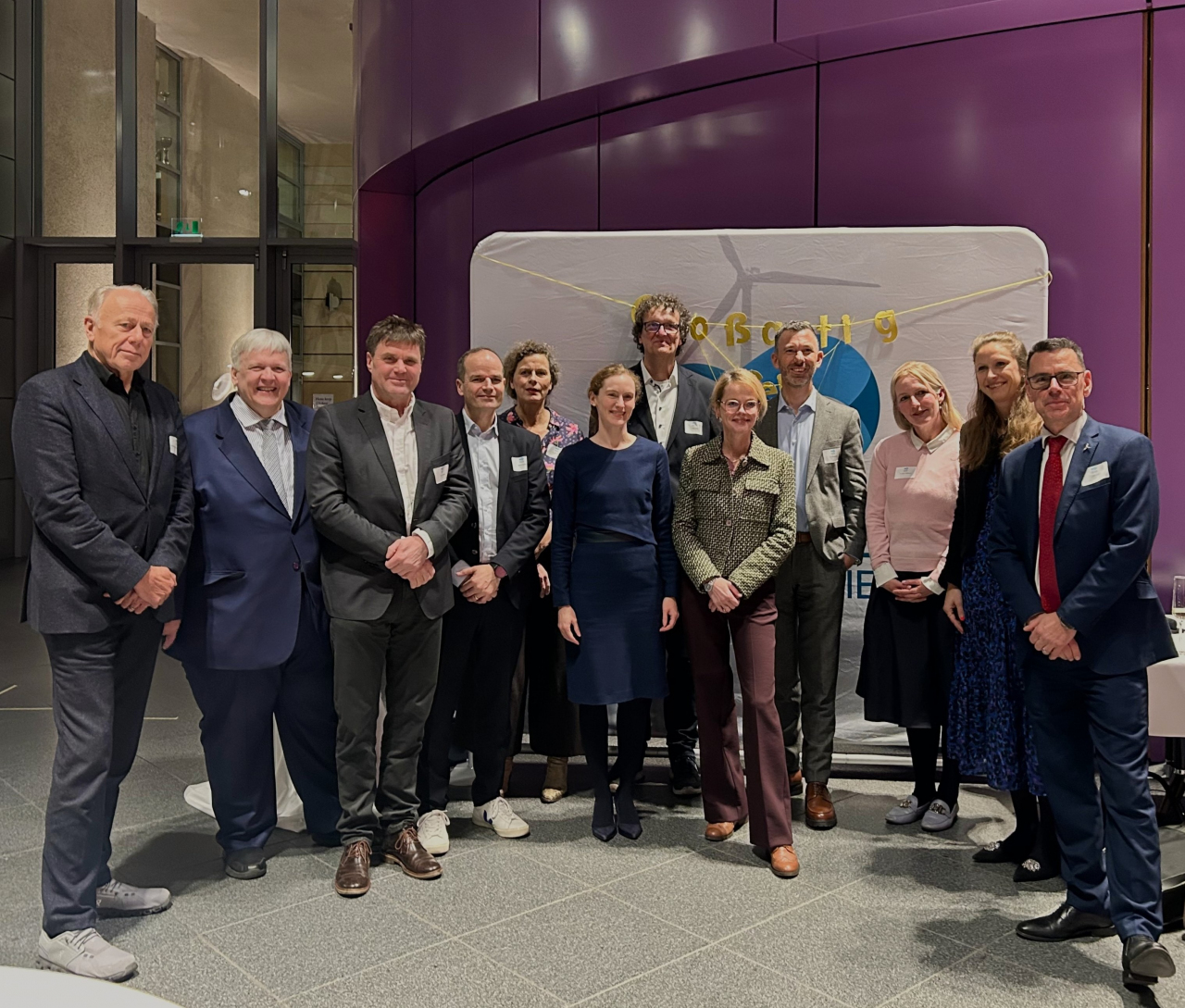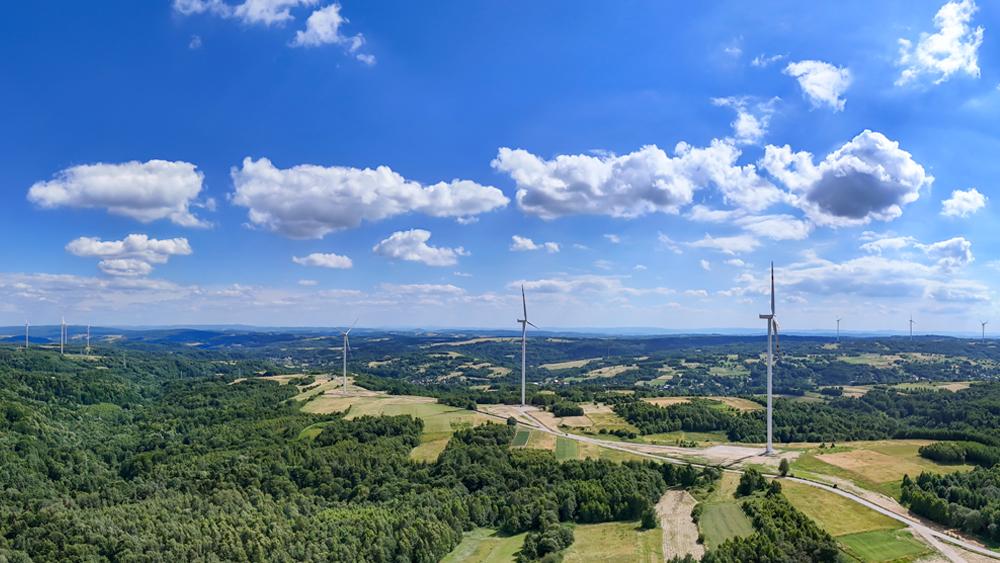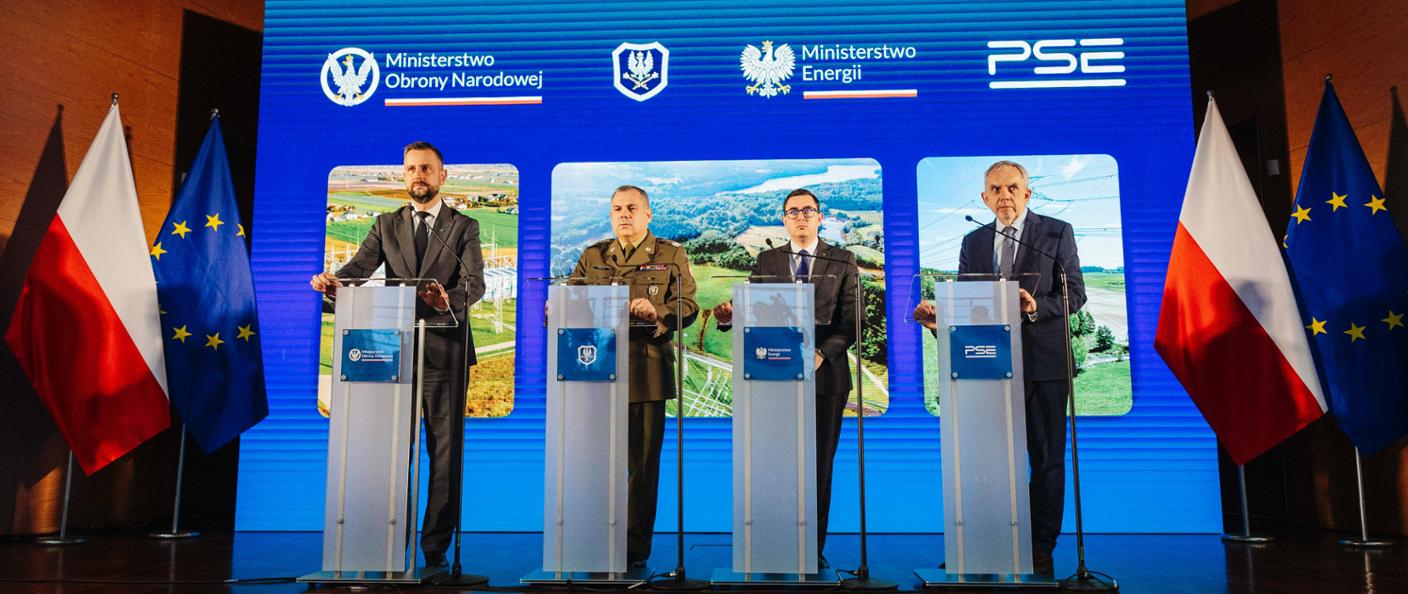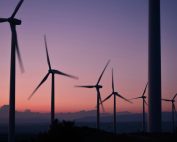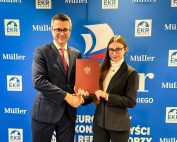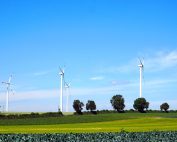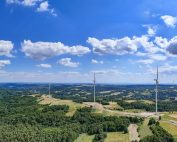BalticWind.EU asked industry leaders and key policy-makers for their assessment of what has been achieved in the past year and what the forecasts are for 2024. In today’s interview of the „Baltic Sea Offshore Wind – 2024 Outlook” series, we present the opinion of Kadri Simson, European Commissioner for Energy.
What is the most significant development for the offshore wind in 2023?
In 2023, the offshore wind sector in the EU surged forward, marking significant capacity expansion and further diminishing our reliance on Russian fossil fuels.
New projects are taking off and first pipeline of offshore projects have been included under the 1st list of Projects of Common Interests (PCIs) and Projects of Mutual Interests (PMIs), notably the Bornholm energy island and the ELWIND project in the Baltic Sea.
Member States committed to higher ambitions with ground-breaking sea-basin goals: about 111 GW of offshore wind capacity by 2030 and 317 GW by mid-century, with specific Baltic Sea commitments of 22.5 GW by 2030, and 46.8 GW by 2050.
Also in 2023, The European Commission unveiled our own Wind Power Package to protect and bolster the growth of the wind sector, including offshore. The Commission in addition strengthened the existing EU legislative framework to benefit offshore wind in the revised Renewable Energy Directive and the Electricity Market Design for instance. It is also important to note that the EU Action Plan on Grids was brought forward to deliver on a vital element for realizing EU’s offshore ambitions.
At regional level, Member States intensified their cooperation and work on implementation. A notable achievement was the launch of the joint tender plannings for the North Sea and Baltic Sea. These initiatives will give more visibility and transparency on how countries will transform their ambitions into tangible projects.
What are the most important challenges for offshore wind development in 2024?
Even though we have made good progress, we still have challenges on the road ahead. With higher ambitions, the current pace of project deployments will need to speed up significantly. Last year the EU built only 3 GW of new offshore wind farms. Permitting has emerged as a major bottleneck. Therefore, this year the Commission will focus on working closely with Member States on implementing the legislative framework on permitting adopted last year and the commitments made in the Wind Charter to ensure faster and more predictable permitting.
The Commission will also work with Member States on identifying and removing remaining permitting barriers. I am encouraging Member States to ensure digitalisation of the permitting process. This will help not only with the speed but also transparency. Soon, this will also be a legal requirement – as based on the Renewable Energy Directive, in the next two years, Member States will be obliged to ensure the digitalisation of the permitting process.
Maintaining EU’s global leadership and competitiveness will also require urgent strengthening of the supply chains, attracting talents, strengthening grids, integrating Maritime Spatial Planning, investing in innovation, and enhancing regional cooperation. To that end, the EU’s Wind Power Package with its 15 immediate actions has a potential to be a game-changer. We will work with the Member States on the swift implementation of the Wind Power Package and the Grids Action Plan measures.
Finally, recent geopolitical events have reminded us that we must reinforce the resilience of our critical infrastructures at sea. We will step up cooperation between EU Member States to develop offshore regional surveillance plans and develop broader cooperation on cybersecurity in the sector.
What matters related to offshore wind energy will you particularly focus on in 2024?
In 2024, our focus remains on supporting faster deployment of renewables, reducing our dependence on Russian fossil fuels, ensuring security of supply, affordability, competitiveness of our economy and continuing with the accelerated energy transition.
Regarding the deployment of renewable energy, including offshore wind, the key emphasis will be on permitting. We will also work with Member States to improve auction design, which can have an impact on renewables deployment and investment signals throughout the supply chain. To this effect, the Commission will adopt a Recommendation to Member States on auction design covering issues like cyber-security, inflation, supply chain resilience, environmental sustainability, or project execution.
We need to plan our energy system in a more integrated way, also looking at hydrogen infrastructure and electrolysers in the broader context of offshore energy infrastructure, including in the Baltic Sea.
The Offshore Network Development Plan (ONDP) developed by ENTSO-E under the TEN-E Regulation will be a first step in this direction. Following its publication, the Commission will publish a guidance for a specific cost-benefit analysis and cost sharing to support Member States and promoters in their discussions on new potential cross-border projects.
Lastly, to maintain momentum and strengthen industry certainty, the Commission will support Member States in updating their January 2023 non-binding agreements for offshore wind by December 2024.
